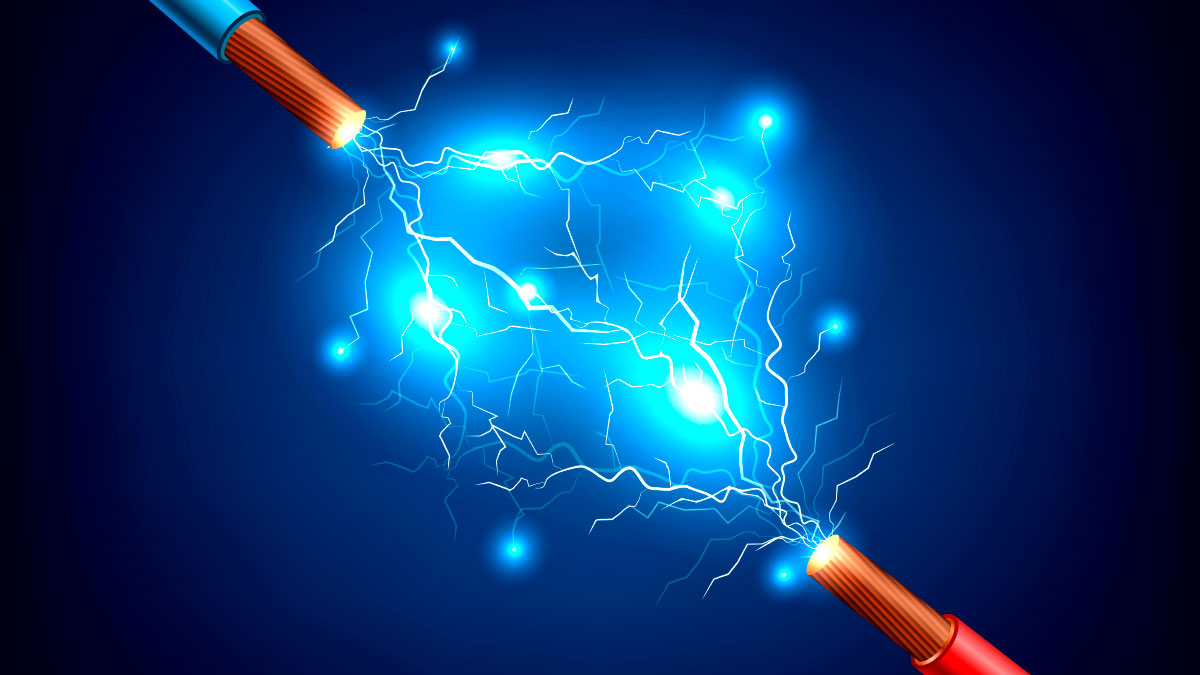A microgrid or local energy system is a collection of energy generation and storage sources in a localised area that operates independently of a main grid. These grids operate in isolation or connected to the main grid through a common coupling point, coordinated by an intelligent controller that balances generation, demand and storage. Let us look at their strategic advantages:
Autonomy and efficiency, beyond the conventional grid
Energy decentralisation drastically reduces dependence on the main grids, but also minimises transmission losses, which in traditional systems reach between 8 and 15%, according to the International Energy Agency. This model, known as distributed generation, empowers consumers, municipalities or energy communities, who go from being passive users to actors in the production and management of their energy. In addition, the ability to operate in island mode guarantees continuous supply during blackouts or natural disasters, a critical feature for hospitals, data centres or military installations.
Renewables and storage: the essential binomial
The integration of renewable sources – photovoltaic, wind or biomass – faces the challenge of their intermittency. Microgrids solve this problem by coupling clean generation with the storage systems that make them stable. However, this is where the current bottleneck arises: battery technology. The dominant lithium-ion-based solutions have limitations, such as high cost, accelerated degradation after repeated cycling and fire risks due to overheating.

The future of storage: beyond lithium
The long-term viability of microgrids depends on advances in energy storage. However, alternatives are beginning to be developed, such as solid-state batteries, with greater energy density and safety; green hydrogen, ideal for seasonal storage through electrolysis; supercapacitors, for ultra-fast response to fluctuations in demand; or gravity storage, which converts surpluses into potential energy.
Remaining challenges: regulation and scalability
While the scope for microgrids is immense, challenges remain, such as the lack of harmonised regulatory standards and the scalability of emerging storage solutions. Pilot projects such as the Spanish island of La Graciosa – which aims to become self-sufficient with microgrids – show that the technical transition is possible, but requires continued investment and adapted legal frameworks.
By Juan Carlos Soria, Senior MEP Engineer in the Architecture Department at Amusement Logic






